J
Jones
Guest
Dear colleagues,
Finally I am back from my six months in the field (south East Asia)
During my work I encountered several pearls; of course I could not resist taking them home. I made some (bad quality) pictures and I was hoping on some feedback concerning the pearl types and oyster species.
Kalimantan 1 & 2: 18 mm long (silver)
Philippines 1: 8 mm (white)
Philippines 2: 11 mm (grey)
West Malaysia: average 6 mm (whitish yellow)
The ones from West Malaysia I got from a fisherman who was fishing for the last 40 years and these were the pearls he collected in that time. The one from Kalimantan is also from the ocean side and the ones from the Philippines I bought from some kids in the south of the Philippines.
Looking forward to your replies!
Greetings & have a good weekend
Jones
Finally I am back from my six months in the field (south East Asia)
During my work I encountered several pearls; of course I could not resist taking them home. I made some (bad quality) pictures and I was hoping on some feedback concerning the pearl types and oyster species.
Kalimantan 1 & 2: 18 mm long (silver)
Philippines 1: 8 mm (white)
Philippines 2: 11 mm (grey)
West Malaysia: average 6 mm (whitish yellow)
The ones from West Malaysia I got from a fisherman who was fishing for the last 40 years and these were the pearls he collected in that time. The one from Kalimantan is also from the ocean side and the ones from the Philippines I bought from some kids in the south of the Philippines.
Looking forward to your replies!
Greetings & have a good weekend
Jones

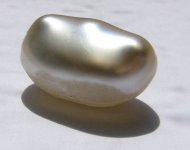
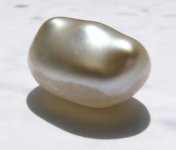
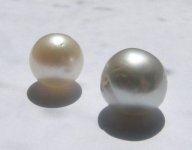
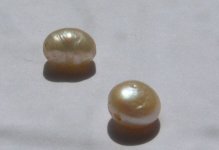
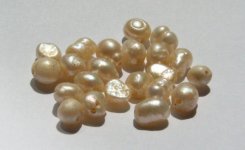
![Hinge Pearls [%P].JPG](/data/attachments/1/1160-658faeba1bb6cb3df3c59f2bad0f17e2.jpg)